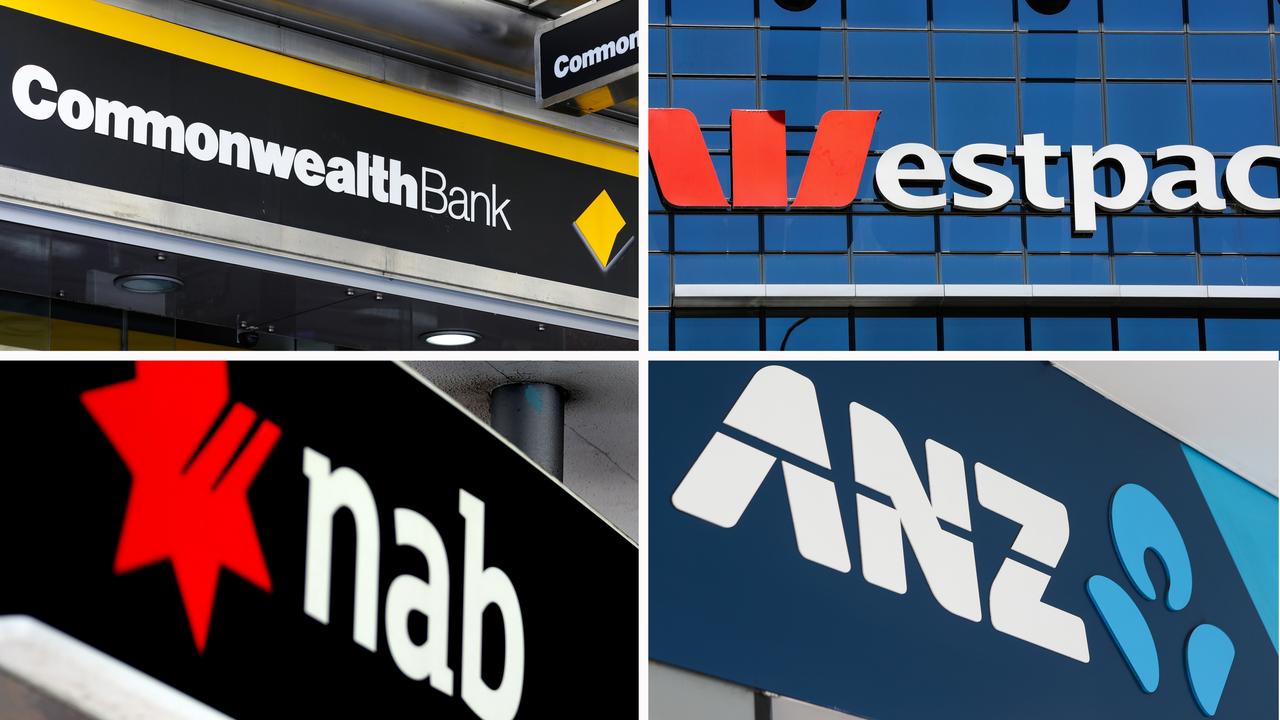Banks squeezed on home loan margins
THE nation's Big Four banks are bleeding profits by not passing on their higher funding costs in the form of a home loan rate hike.
Banks squeezed on home loan margins
THE nation's Big Four banks are bleeding profits at an annual rate of almost $600 million, by not passing on their higher funding costs in the form of a 25 basis point hike in the standard variable home loan rate.
JP Morgan said in a report that mortgage profitability was being "savaged'' and something had to give, with wholesale borrowing costs still 90 basis points ahead of where they were last July.
However, instead of a rate rise to rebuild profit margins, the investment bank predicted the most likely response was a softening in the industry's "she'll be right'' rhetoric - perhaps featuring a more active acknowledgement that housing profitability was now a major earnings drag.
JP Morgan analyst Brian Johnson said the varying impact on bank profits of absorbing higher wholesale funding costs made a breakout manoeuvre on variable rates less likely.
All the Big Four banks have foreshadowed a rise in the key variable home loan rate, independently of any adjustment in official cash rates.
They have cited an erosion in margins due to a shortage of liquidity from the sub-prime crisis in the US.
The nation's biggest home lender, Commonwealth Bank, has been the most strident in its public pronouncements.
The head of CBA's retail bank, Ross McEwan, told an investor briefing last month that a rate rise was "not too far off''.
"I am prepared to lead if I have to,'' he said.
Other senior bankers have said CBA, as the market leader with a $150 billion home lending book, was the industry's price leader.
CBA's stance would therefore be a key factor in their own decisions. JP Morgan's Mr Johnson said in his report that maintenance of the status quo on rates, while the yield curve remained steep, would have a big impact on bank profitability.
In percentage terms, CBA would be the least affected because of its relatively low-cost retail deposit base.
By not passing on a 25 basis point increase in rates, the bank's annual profit would fall by 2.32 per cent, or $122 million, significantly less than Westpac at 3.46 per cent ($134 million), ANZ at 3.58 per cent ($152 million) or National Australia Bank at 3.84 per cent ($181 million).
With the divergent profit impact, Mr Johnson said Westpac, ANZ and NAB would probably be fearful of surrendering market share to CBA if they moved first on rates and their bigger rival then failed to hike by the same margin.
Analysts have also been crunching numbers on the likely impact of the Basel II capital adequacy approvals announced on Monday by the Australian Prudential Regulation Authority.
Goldman Sachs JB Were estimated the top five banks, including St George, would have maximum surplus capital in a range of $900 million to $2.7 billion.
However, given APRA's preference to limit capital reductions, it said the range was more likely to be $500 million to $1.2 billion.
While APRA had conceded the banks were likely to have surplus capital under the reforms, due to their relatively high proportion of low-risk home loans, Goldman said the surplus was unlikely to be returned to shareholders soon.
It said capital management moves by the banks were unlikely for the next six months.
JP Morgan said APRA and the banks clearly had more work to do before they finalised the amount of any capital release.



